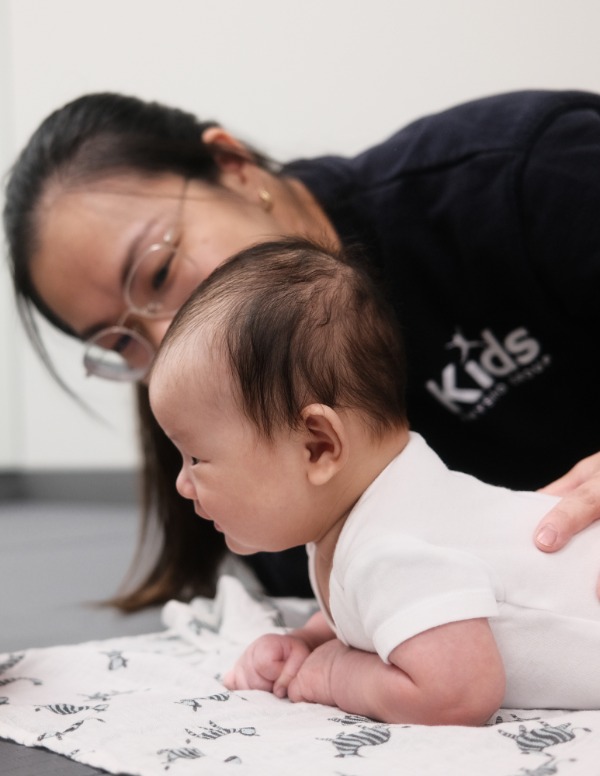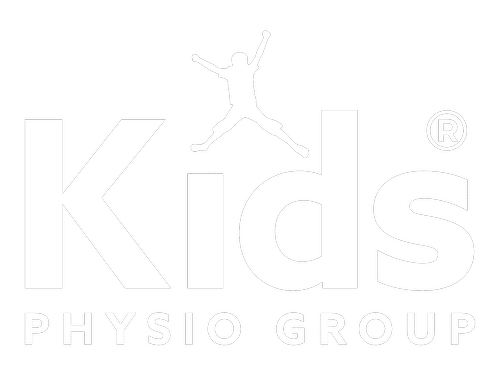Torticollis

Torticollis is a term used to describe neck tightness. This tightness comes from shortening of the neck “sternocleidomastoid muscles” on one side – a large muscle on the front of the neck which tilts the head to one side and, typically, rotates the head to the opposite direction. There are multiple reasons that torticollis can occur. Most commonly it is caused by:
- Positioning in utero – whereby your baby may have been nestled in the womb for a period of time
- Through the process of vaginal delivery – whereby their neck may have been strained during the birthing process
- Sleeping position – whereby your baby sleeps with their head turned to one side
- Handling preference – whereby you may prefer to feed or carry your baby in one hand/arm
Signs and Symptoms
Diagnosis for torticollis can be complicated as it depends on whether it was caused during pregnancy, during the birthing process, or acquired after birth. Some signs and symptoms include:
- Infant mostly looks to one side
- Infant tilts their head to one side while sitting in a device (e.g. high chair)
- Infant tends to sleep in the same position
- Infant has a flat spot on one side of their head
- Infant has difficulty breastfeeding or bottle-feeding on one side or arm
- Infant prefers to do a certain motor skill only in one direction
- Infant doesn’t tolerate tummy time

How Physiotherapy Can Help
The role of a physiotherapist in the treatment of torticollis is to correct the position of your infant’s head/neck, as well as ensure proper neck alignment in the future. In the early stages, if tightness is noted, a therapist may stretch out the tight sternocleidomastoid muscles causing the head tilt or positional preference. This may include exercises as well as positional recommendations. As their muscles loosen, strengthening the opposite muscles is needed to maintain the stretch. As such, a physiotherapist would provide exercises based on age-appropriate skills to work on strengthening the neck until symmetric development of skills is achieved.
BOOK YOUR INITIAL ASSESSEMENT TODAY
Take the next step and make your child’s health a priority!
